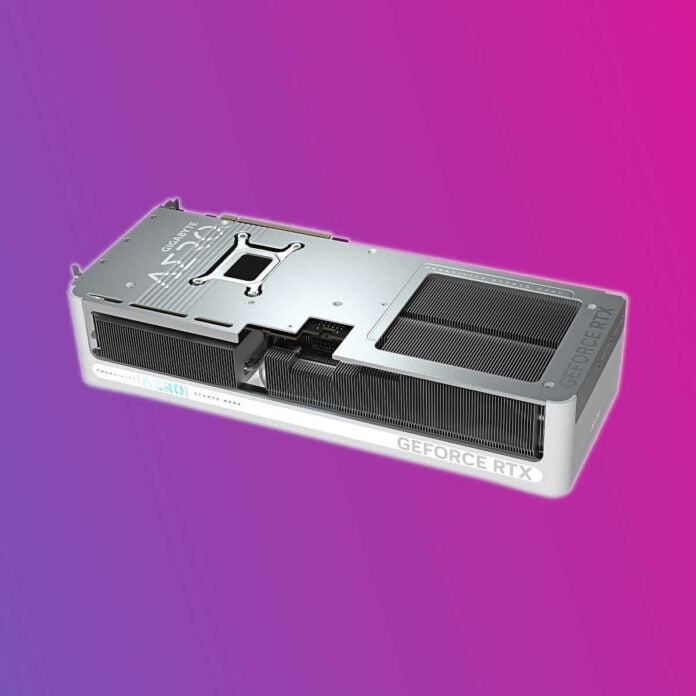The first third-party test benchmarks measuring GeForce RTX 5070 Ti performance have leaked, providing a glimpse at generational gains and comparisons to its more powerful sibling. These results suggest that Nvidia’s new graphics card could prove the best-value buy of its RTX 50 Series thus far.
A review outlet has shared its GeForce RTX 5070 Ti testing data with Videocardz, along with results for RTX 5080 and 4070 Ti Super. Pairing all three graphics cards with a Ryzen 7 9800X3D and 48GB of DDR5-6000 RAM, the media in question crafts an ideal test platform.
Getting down to brass tacks, GeForce RTX 5070 Ti is at best 10% slower than RTX 5080 and 20% at worst, averaging out to 14.75% across the 3DMark suite. The most pertinent results for modern rendering demands, Speed Way and Steel Nomad, see the graphics card trailing by 14% and 20%, respectively.
| RTX 5070 Ti | RTX 5080 | RTX 4070 Ti Super | |
|---|---|---|---|
| Speed Way | 7,646 | 8,902 | 6,466 |
| Steel Nomad | 6,532 | 8,163 | 5,694 |
| Port Royal | 19,045 | 22,034 | 16,024 |
| Time Spy | 27,384 | 32,045 | 24,684 |
| Time Spy Extreme | 13,485 | 12,045 | 16,084 |
| Fire Strike | 68,741 | 76,483 | 59,198 |
| Fire Strike Extreme | 35,483 | 41,192 | 29,934 |
| Fire Strike Ultra | 18,065 | 21,256 | 14,435 |
Comparing GeForce RTX 5070 Ti to RTX 4070 Ti Super, the former averages out 16.6% ahead of its forebear. In Speed Way and Steel Nomad, it manifests respective leads of 18% and 15%.
Considering GeForce RTX 5070 Ti’s $749 and RTX 5080’s $999 MSRPs, the differences described above gives the edge to the former in terms of value. Trading 13.2% of performance for a 25% price cut is nothing to scoff at, especially as the memory pool remains identical on both models.
Of course, these results are using the best gaming CPU money can buy. The chip will have less of an effect at higher resolutions, but it’s worth bearing in mind. That said, the card in question was apparently a reference MSRP design running at default clocks. So, GeForce RTX 5070 Ti could have more to give with some manual overclocking.
If you feel that 16.6% isn’t enough for an upgrade, that’s completely understandable. After all, you don’t need to upgrade each generation. If you’re still hankering for an upgrade, it be worth waiting to see how Radeon RX 9070 XT shapes up.
As usual synthetic tests do not tell the whole story, so wait for more detailed reviews to get a complete picture of this GPU’s performance. Reviews of MSRP models should go live on February 19, followed by non-MSRP cards and retail availability on February 20.

